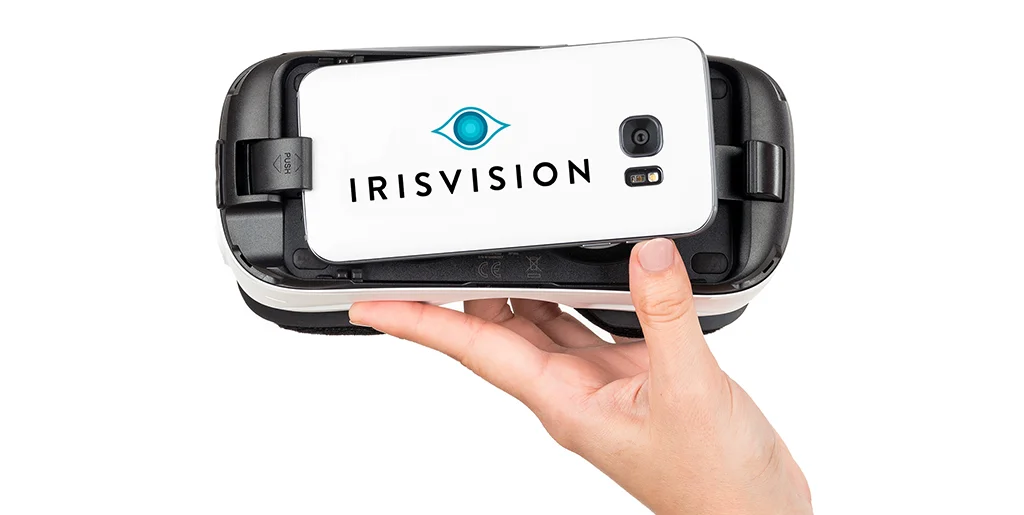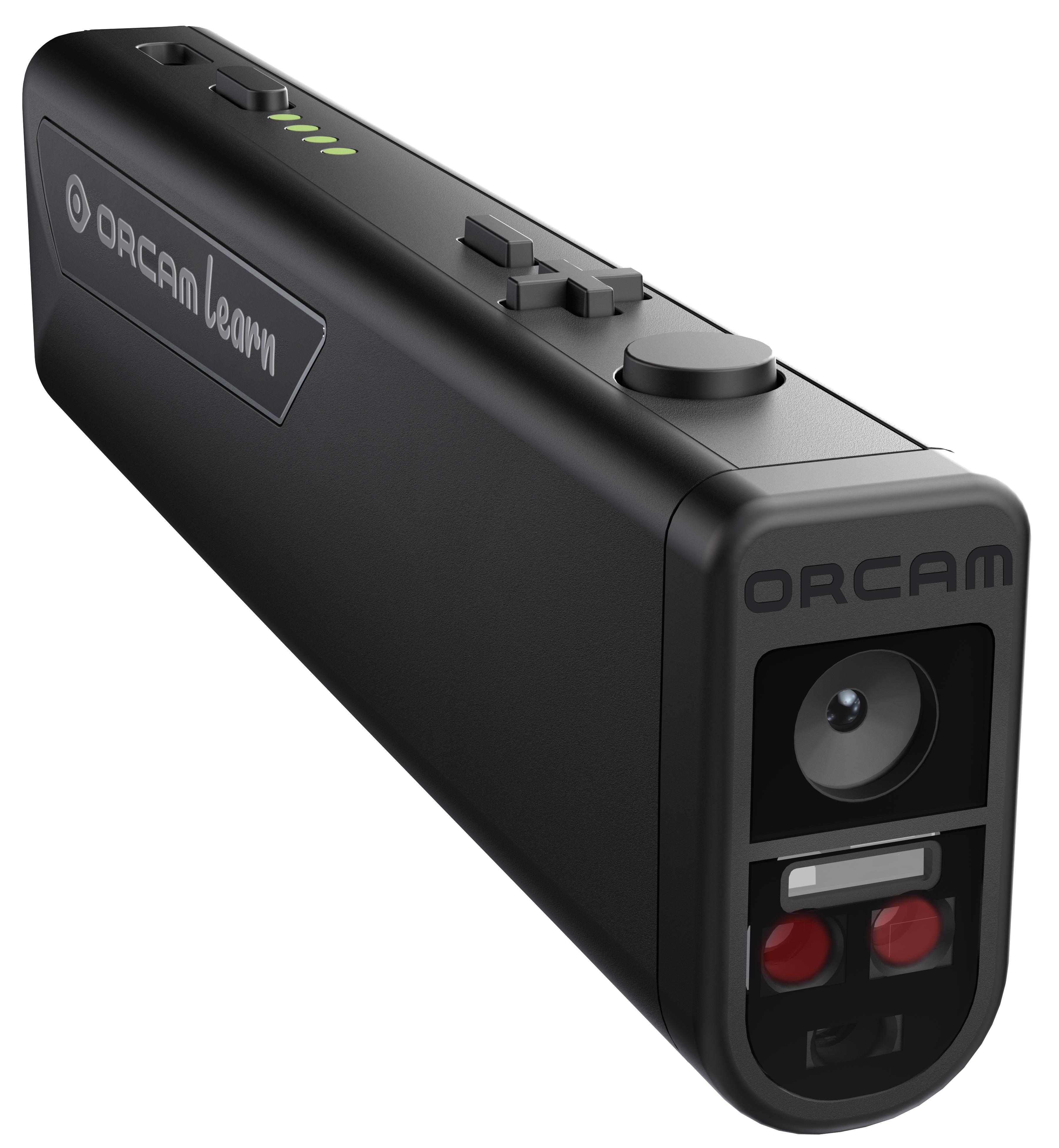Smart Glasses for the Visually Impaired: Innovations in Vision Support
Smart Glasses for the Visually Impaired: Innovations in Vision Support
Blog Article
Discover Cutting-edge Tools Designed for the Aesthetically Damaged
The advancement of cutting-edge devices for the aesthetically damaged represents a considerable development in access and independence. Technologies such as smart glasses with AI capabilities and mobile applications designed to supply acoustic descriptions are reshaping daily experiences for customers. Furthermore, wearable tools that employ haptic responses enhance environmental recognition, while modern-day Braille developments use new means to engage with message. As these devices proceed to evolve, their effect on the lives of those with visual problems elevates essential inquiries about the future of inclusivity and freedom in different aspects of life. What exists ahead in this technical landscape?
Smart Glasses for Navigating

Smart glasses developed for navigation are transforming the way visually damaged people interact with their atmosphere. These innovative tools make use of a mix of video camera innovation, fabricated intelligence, and acoustic feedback to supply real-time info about surroundings. By utilizing obstacle discovery systems, smart glasses can inform users to potential hazards, enabling safer mobility in both acquainted and unfamiliar setups.
The assimilation of GPS innovation even more enhances navigating capabilities, allowing users to get auditory directions as they relocate. This hands-free approach not just cultivates independence however likewise encourages aesthetically impaired people to navigate city landscapes with increased confidence. Furthermore, many clever glasses are outfitted with functions that recognize landmarks and road indicators, offering contextual details that improves the customer experience.
In addition, the growth of these tools is consistently progressing, with companies working to enhance the accuracy of things acknowledgment and expand the range of navigational attributes. As wise glasses become more budget-friendly and available, they hold the potential to considerably transform day-to-day live for visually damaged individuals. Ultimately, these innovative tools represent a vital step towards inclusivity, offering improved mobility and a better feeling of autonomy for people navigating the globe around them.

Mobile Apps for Daily Living
Exactly how can mobile applications enhance the day-to-days live of visually damaged individuals? Mobile apps are transforming the way aesthetically impaired customers browse their environments, take care of everyday jobs, and gain access to information. These applications give important assistance with various functionalities, promoting freedom and enhancing quality of life.
Numerous cutting-edge mobile apps are designed particularly for day-to-day living. Applications like Be My Eyes connect visually impaired customers with sighted volunteers via video telephone calls, enabling them to get real-time help with tasks such as reading tags or navigating unknown areas. Likewise, Seeing AI, developed by Microsoft, utilizes synthetic intelligence to define environments, checked out message, and recognize items, successfully changing a smartphone into an effective tool for daily help.
Furthermore, navigating applications tailored for the visually damaged, such as Aira and BlindSquare, use audio-based instructions and ecological info, enabling individuals to traverse their surroundings securely and confidently. Past navigating and immediate support, mobile applications additionally support organization and task management, with attributes that assist individuals set reminders, produce order of business, and track consultations. In summary, mobile applications work as crucial sources, encouraging visually damaged people to lead more independent and fulfilling lives.
Wearable Technologies for Aid
Empowerment through modern technology is significantly noticeable in the realm of wearable devices designed to aid visually impaired individuals. These ingenious tools integrate perfectly into every day life, improving navigation and supplying important feedback to users. Wise glasses furnished with electronic cameras can identify faces and read text aloud, permitting individuals to connect even more confidently in professional and social settings.
One more notable development is making use of haptic feedback systems in wearable devices. These systems make use of vibrations or various other tactile signals to convey info concerning the customer's environment, such as challenges or changes in surface, enhancing wheelchair and safety and security. Wearable technologies additionally include wristbands that connect to mobile phones, signaling individuals to notices with subtle resonances, therefore enhancing connectivity without reliance on visual hints.
As these technologies proceed to advance, they are not only boosting independence for aesthetically damaged individuals yet likewise promoting a greater feeling of addition in society. By linking the gap between difficulties faced in day-to-day living and the possibility for autonomy, wearable innovations function as crucial devices in the mission for equal rights and empowerment for those with visual disabilities.
Audio Summary Tools
Sound summary devices play a vital duty in enhancing availability for aesthetically impaired individuals, offering them with the capacity to involve with visual media. Speech-to-text devices for low vision. These devices supply narrated summaries of crucial visual elements in movies, tv shows, and live efficiencies, guaranteeing that users can fully understand the context and feelings communicated through visuals
Audio description can be incorporated into numerous systems, small reading glasses including streaming services, cinema testings, and live movie theater. Lots of preferred streaming services now include audio summary as an accessibility attribute, enabling visitors to choose it conveniently. Along with mainstream media, specialized apps likewise exist, giving audio descriptions for art exhibits, museums, and various other cultural events.
The efficiency of audio description rests on the skill of the storytellers, who should communicate aesthetic information succinctly without interfering with the original sound. Technologies in this area are likewise leading the way for even more individualized experiences, where users can change the degree of information and pacing according walk in optometrist near me to their choices.
Braille Innovations and Instruments
Braille developments and tools have considerably transformed the way aesthetically impaired people communicate with message and info. Modern improvements have actually caused the growth of versatile tools that improve literacy and independence amongst individuals. Notably, Braille present modern technologies have actually developed, enabling for vibrant reading experiences. These tools transform electronic text right into Braille, making it possible for customers to access a huge variety of details on smartphones, tablet computers, and computers.
Moreover, mobile Braille notetakers integrate standard Braille input with modern performances, promoting note-taking, organizing, and file modifying on the go. Screen readers for the blind. These compact gadgets frequently include text-to-speech capacities, connecting the void between Braille and acoustic info
Additionally, ingenious Braille printers have emerged, permitting users to generate Braille labels, records, and instructional products successfully. This access promotes better involvement in educational and professional settings, ultimately advertising inclusivity.
Additionally, research study right into wise Braille technologies remains to expand. Devices that include expert system are being explored to supply real-time navigating help and contextual information, improving the user experience in diverse setups. In general, these technologies show a dedication to equipping aesthetically damaged individuals via innovation, guaranteeing they can easily accessibility and involve with the world around them.

Final Thought
The innovation of innovative tools for the visually impaired substantially improves self-reliance and top quality of life. These modern technologies not just foster greater incorporation however additionally advertise autonomy in daily activities, inevitably adding to a much more available and fair culture for helpful site visually impaired people.
As wise glasses become more obtainable and affordable, they hold the prospective to substantially change daily life for aesthetically impaired individuals. Mobile apps are reinventing the means visually impaired customers navigate their settings, handle day-to-day jobs, and accessibility information. Apps like Be My Eyes connect visually impaired customers with sighted volunteers by means of video clip telephone calls, enabling them to receive real-time aid with jobs such as checking out labels or navigating strange rooms.Furthermore, navigation applications tailored for the visually damaged, such as Aira and BlindSquare, use audio-based instructions and environmental details, allowing customers to traverse their environments safely and confidently.The advancement of innovative devices for the visually impaired considerably improves freedom and top quality of life.
Report this page